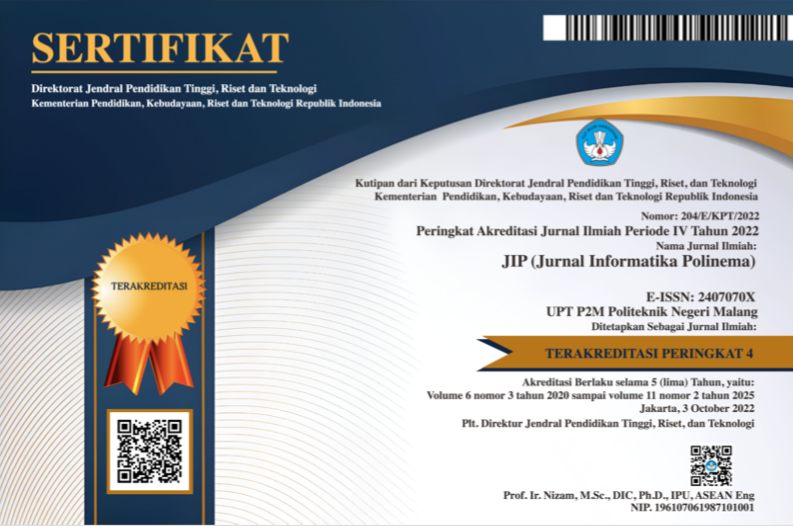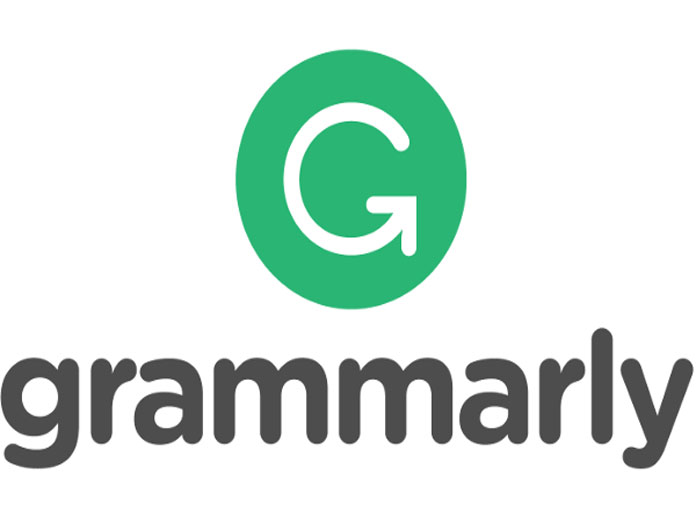PERBANDINGAN BERBAGAI METODE STEGANOGRAFI PADA CITRA DIGITAL
Abstract
The topic of information security is always interesting to discuss. Steganography is a technique used to increase information security and has the aim of hiding the presence of messages to avoid suspicion from other parties. The insertion of a message into the carrier media does not change the quality of the carrier media and the media in which the message has been inserted cannot be distinguished by naked eye from the original media. Digital media that is widely used in steganography today is image. Therefore, this study provides a comparison of steganographic methods on digital images, so it is expected to provide an overview of the characteristics of a stego image that is embedded using various steganographic algorithms. At the end of this paper will also discuss the challenges and opportunities for further research.
Downloads
References
Bashir, B., & Selwal, A. (2021). Towards Deep Learning-Based Image Steganalysis: Practices and Open Research Issues. SSRN Electronic Journal. https://doi.org/10.2139/ssrn.3883330
Filler, T., & Fridrich, J. (2010). Gibbs construction in steganography. IEEE Transactions on Information Forensics and Security, 5(4). https://doi.org/10.1109/TIFS.2010.2077629
Fridrich, J. (2012). Steganography in digital media: Principles, algorithms, and applications. In Steganography in Digital Media (Vol. 9780521190190). https://doi.org/10.1017/CBO9781139192903
Guo, L., Ni, J., & Shi, Y. Q. (2014). Uniform embedding for efficient JPEG steganography. IEEE Transactions on Information Forensics and Security, 9(5). https://doi.org/10.1109/TIFS.2014.2312817
Guo, L., Ni, J., Su, W., Tang, C., & Shi, Y. Q. (2015). Using Statistical Image Model for JPEG Steganography: Uniform Embedding Revisited. IEEE Transactions on Information Forensics and Security, 10(12). https://doi.org/10.1109/TIFS.2015.2473815
Guttikonda, J. B., & Sridevi, R. (2019). A new steganalysis approach with an efficient feature selection and classification algorithms for identifying the stego images. Multimedia Tools and Applications, 78(15), 21113–21131. https://doi.org/10.1007/s11042-019-7168-5
Holub, V., & Fridrich, J. (2012). Designing steganographic distortion using directional filters. WIFS 2012 - Proceedings of the 2012 IEEE International Workshop on Information Forensics and Security. https://doi.org/10.1109/WIFS.2012.6412655
Holub, V., Fridrich, J., & Denemark, T. (2014). Universal distortion function for steganography in an arbitrary domain. Eurasip Journal on Information Security, 2014. https://doi.org/10.1186/1687-417X-2014-1
Kodar, A. (2017). Implementation of Steganography in Image Media Using Algorithm LSB (Least Significant Bit). International Research Journal of Computer Science, 4(8). https://doi.org/10.26562/irjcs.2017.aucs10081
Li, B., Wang, M., Huang, J., & Li, X. (2014). A new cost function for spatial image steganography. 2014 IEEE International Conference on Image Processing, ICIP 2014. https://doi.org/10.1109/ICIP.2014.7025854
Munir, R. (2019). Kriptografi. In 2.
Pevny, T., & Fridrich, J. (2007). Merging Markov and DCT features for multi-class JPEG steganalysis. Security, Steganography, and Watermarking of Multimedia Contents IX, 6505. https://doi.org/10.1117/12.696774
Płachta, M., Krzemień, M., Szczypiorski, K., & Janicki, A. (2022). Detection of Image Steganography Using Deep Learning and Ensemble Classifiers. Electronics (Switzerland), 11(10). https://doi.org/10.3390/electronics11101565
Reinel, T. S., Brayan, A. A. H., Alejandro, B. O. M., Alejandro, M. R., Daniel, A. G., Alejandro, A. G. J., Buenaventura, B. J. A., Simon, O. A., Gustavo, I., & Raul, R. P. (2021). GBRAS-Net: A Convolutional Neural Network Architecture for Spatial Image Steganalysis. IEEE Access, 9. https://doi.org/10.1109/ACCESS.2021.3052494
Sedighi, V., Cogranne, R., & Fridrich, J. (2016). Content-adaptive steganography by minimizing statistical detectability. IEEE Transactions on Information Forensics and Security, 11(2). https://doi.org/10.1109/TIFS.2015.2486744
Singh, S., & Attri, V. K. (2015). Dual Layer Security of data using LSB Image Steganography Method and AES Encryption Algorithm. International Journal of Signal Processing, Image Processing and Pattern Recognition, 8(5). https://doi.org/10.14257/ijsip.2015.8.5.27
Veena, S. T., & Arivazhagan, S. (2018). Quantitative steganalysis of spatial LSB based stego images using reduced instances and features. Pattern Recognition Letters, 105. https://doi.org/10.1016/j.patrec.2017.08.016
Copyright (c) 2023 Ratih Kartika Dewi, Rinaldi Munir

This work is licensed under a Creative Commons Attribution-NonCommercial 4.0 International License.
Copyright for articles published in this journal is retained by the authors, with first publication rights granted to the journal. By virtue of their appearance in this open access journal, articles are free to use after initial publication under the International Creative Commons Attribution-NonCommercial 4.0 Creative Commons CC_BY_NC.
















